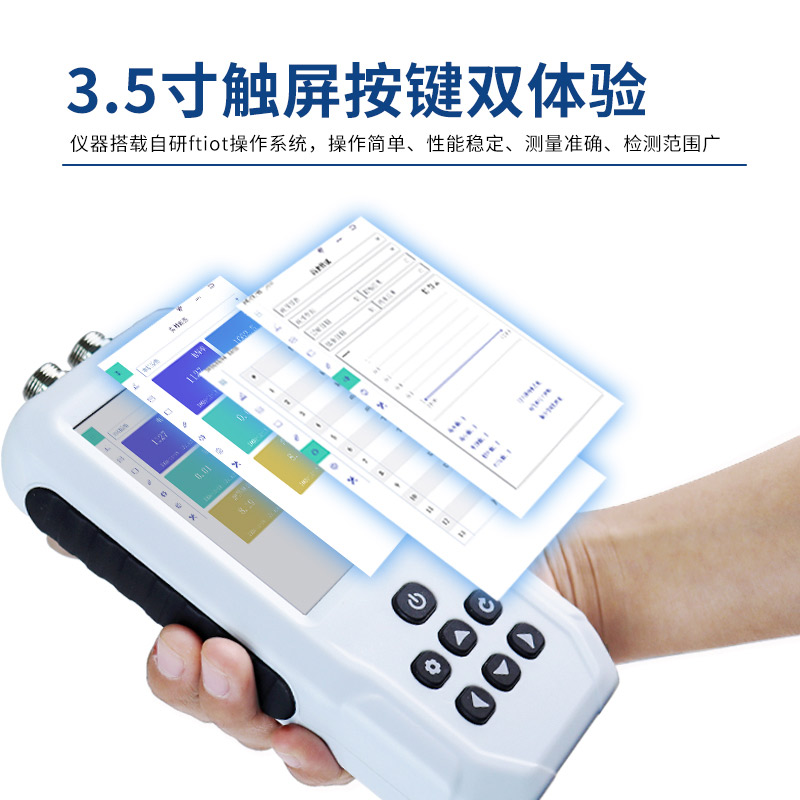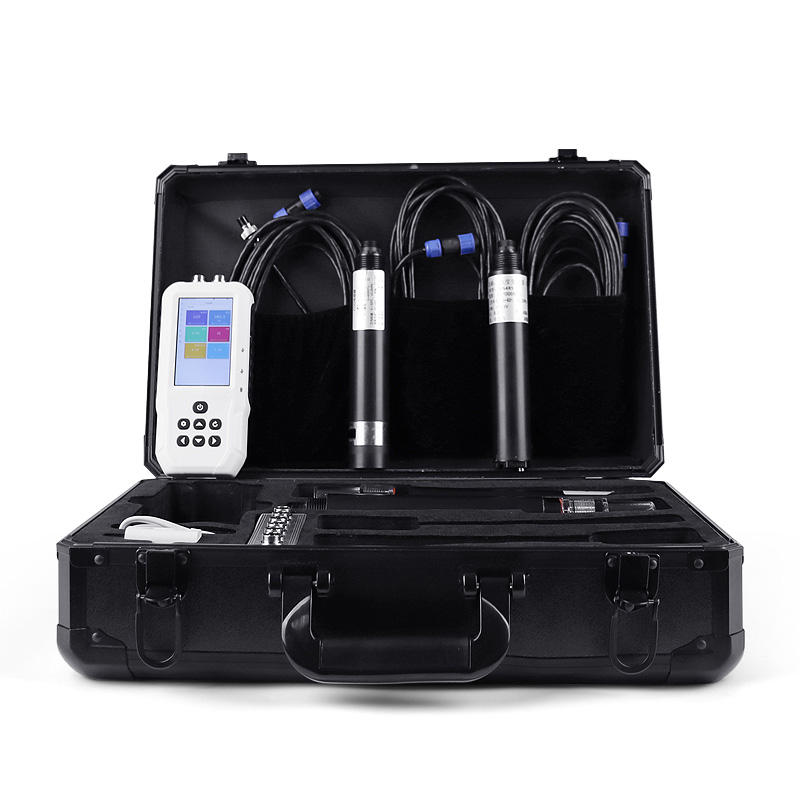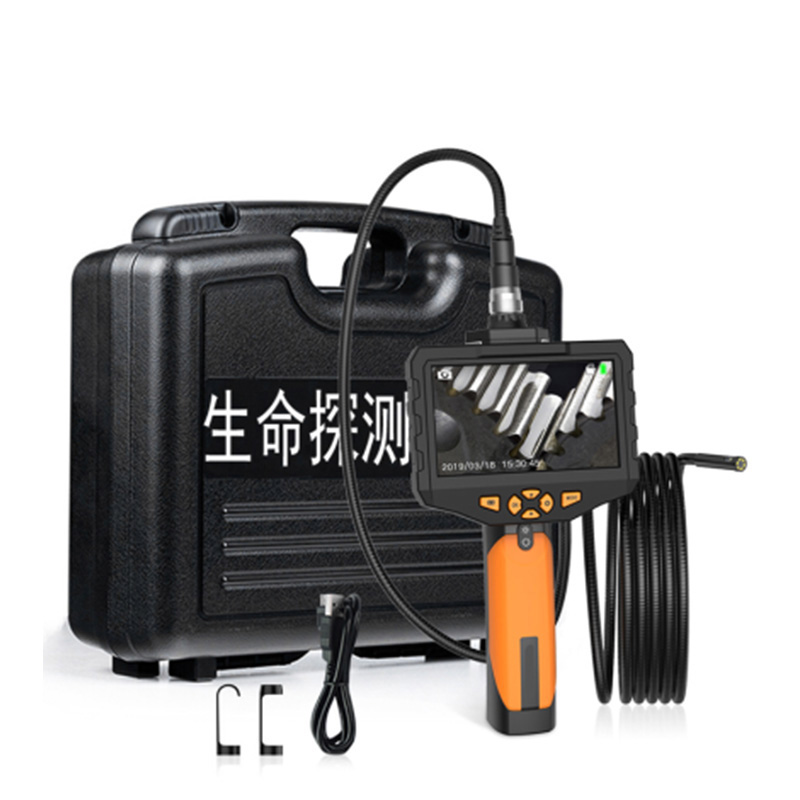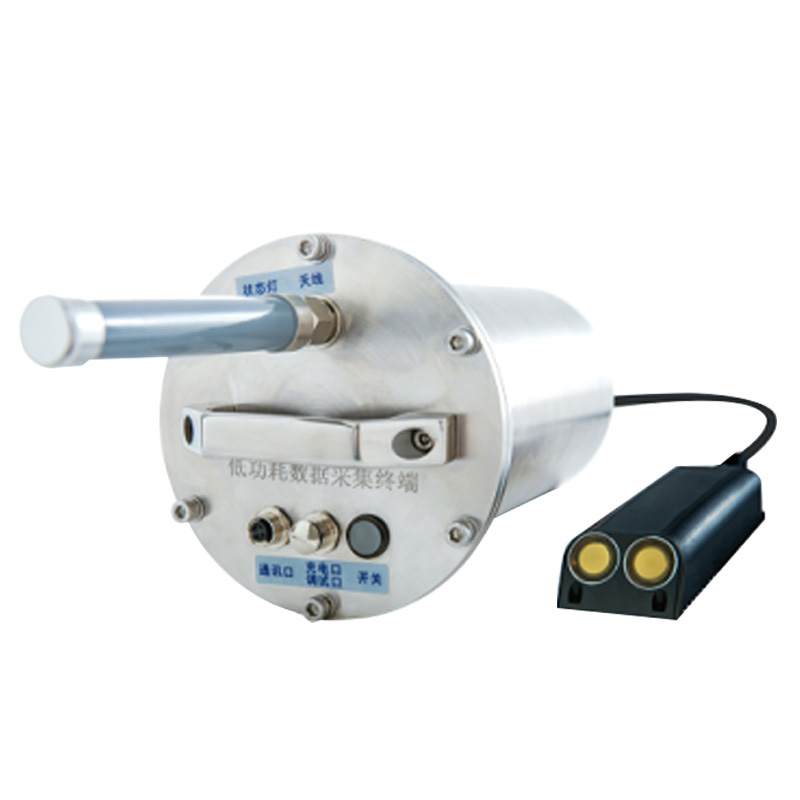How do we measure the pH of soil?
Currently, colorimetry and potentiometry are the commonly used methods.
Colorimetry
Colorimetry makes use of the color reaction between the soil leachate and pH indicators. The soil pH is determined by comparing the resulting color with a standard color chart.
First, weigh a certain amount of air - dried soil and place it in an Erlenmeyer flask. Add an appropriate amount of distilled water, shake the flask for a while, and then let it stand to allow the soil particles to settle. Next, take the supernatant and put it into a colorimetric tube. Add a few drops of pH indicator, shake well, and compare the color with the standard color chart. Locate the color scale closest to the solution color, and the corresponding pH value is the pH of the soil.
This method has the advantages of simple operation and low cost, making it suitable for preliminary field measurements. However, it has relatively low accuracy. It is highly influenced by human color judgment and can only provide a rough pH range.
Potentiometry
In potentiometry, a glass electrode serves as the indicating electrode and a saturated calomel electrode serves as the reference electrode. These two electrodes are inserted into the soil leachate to form a primary battery. The soil pH is calculated by measuring the electromotive force of the battery.
First, air - dry, grind, and sieve the soil samples. Weigh a certain amount of soil and place it in a beaker. Add an appropriate amount of carbon - dioxide - free distilled water, stir well, and let it stand for a while to ensure thorough leaching of the soil. Then, insert the electrodes into the leachate. After the potential stabilizes, directly read the pH value from the pH meter.
The advantage of this method is its high measurement accuracy, enabling accurate determination of the soil pH. It is suitable for precise laboratory analysis. However, it requires professional instruments and equipment, and the operation is relatively complex. Moreover, the electrodes need to be calibrated and maintained regularly.
The soil pH test is a portable soil - testing instrument designed based on the principle of potentiometry. It integrates the indicating electrode and the reference electrode into one probe. It is easy to operate and can quickly and accurately measure the soil pH. Simply insert the probe into the moist soil, wait for a moment, and directly read the pH value from the instrument's display screen.
Compared with traditional potentiometry, the soil pH test is compact and portable. It is extremely suitable for on - site field measurements and rapid detection in agricultural production. It meets users' needs for monitoring soil pH anytime and anywhere, helping people understand the soil acidity and alkalinity status in a timely manner. This enables them to take corresponding measures to improve the soil and guide fertilization.

This paper addresses:https://fengtusz.com/industry/701.html









